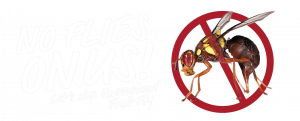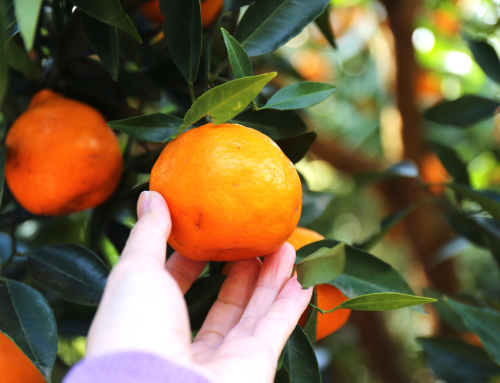Fruit fly outlook
Queensland Fruit Fly (Qfly) trap capture rates are expected to continue to increase into January 2021 and follow the same pattern identified since trapping commenced in the Goulburn Murray Valley (GMV) in 2012.
If night time maximum temperatures and rainfall are higher due to the effect of La Niña, increased soil moisture and humidity will increase micro bacterial growth, creating another protein food source for female Qfly’s. If not managed, this will contribute to increased fruit fl y numbers. By creating awareness, education and engagement in the community, industry and government, the GMV Fruit Fly Area Wide Management Program has achieved a 60% reduction in fruit fly pressure across the region. It is essential that this current level of engagement continues throughout the 2021 fruit season.
Weather impacts
The weather outlook for January 2021 from the Bureau of Meteorology at the end of December predicted:
Rainfall
55-65% chance that January rainfall will be higher than average (10-25mm). This means that Qfly survival is favoured by more rain than usual.
Temperature (maximum)
60-65% chance that daily maximum temperatures in January will be higher than average (30-33°C). This scenario is not limiting to Qfly survival.
Temperature (minimum)
75% to over 80% chance that daily minimum temperatures in January will be higher than average (12-15°C). This scenario favours Qfl y survival. Ideal conditions for survival Temperature outlooks for January 2021 suggest that conditions will be ideal for Qfly survival, egg-laying and larval development in fruit – especially if fruit set is improved due to favourable La Niña based conditions.
Fruit fly hot spots
The majority of Qfly hot spots are urban based at the moment. Growers within approximately 1km of urban areas are encouraged to remove all unwanted fruiting material and stock up on traps, baits and approved pesticides. It is essential to make sure any pesticides in storage are within their use-by dates and are still approved for use in your state and on your fruit type.




